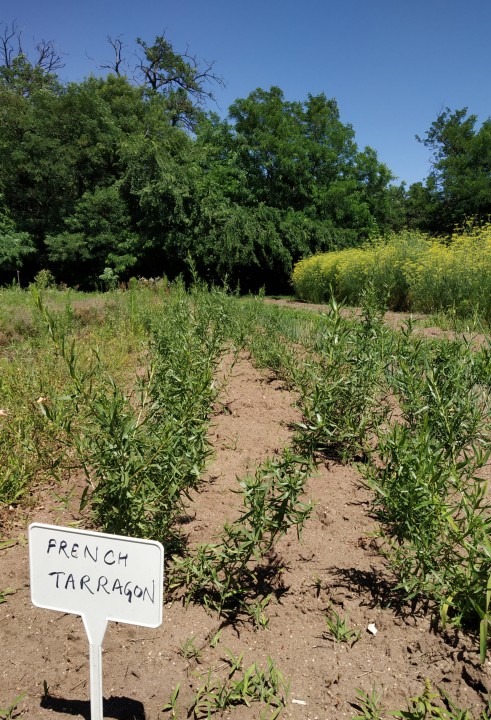
Phytochemicals and organoleptic properties of French tarragon (Artemisia dracunculus L.) influenced by different preservation methods
Abstract:
In this study, the influence of different preservation methods on the phytochemicals and organoleptic properties of two French tarragon (Artemisia dracunculus L.) varieties was evaluated. Among preservation techniques freezing and shade drying could retain the essential oil content of tarragon leaves the most (2.77–4.41 ml/100 g d.w.), whereas oven drying at 60 °C and lyophilization caused the highest loss (0.1–1.90 ml/100 g d.w.). Lyophilization significantly changed the volatile composition, the ratio of larger molecules (e.g. methyl eugenol) increased, but the proportion of smaller ones (e.g. estragole) decreased. In addition, new components also appeared. Lyophilization, oven drying at 40 °C and microwave drying at 700 W highly preserved the total phenolic content (106–133 mg GAE/g d.w.) and total antioxidant capacity (136–146 mg AAE/g d.w.), but oven drying at 60 °C had the opposite effect (70–75 mg GAE/g d.w., 65–71 mg AAE/g d.w.). The original green colour of leaves was kept by freezing, oven drying at 40 °C and lyophilization, while in leaves dried at 60 °C and at 250 W a significant colour degradation could be observed. The taste of leaves was unambiguously altered by each preservation method according to the e-tongue measurements. The applied treatments resulted in very similar changes for both varieties.


Research associate
1yWell done.
Horticulture Specialist @ FAO | PhD candidate in Crop and Horticultural Sciences
1yThank you for this appreciation 😊